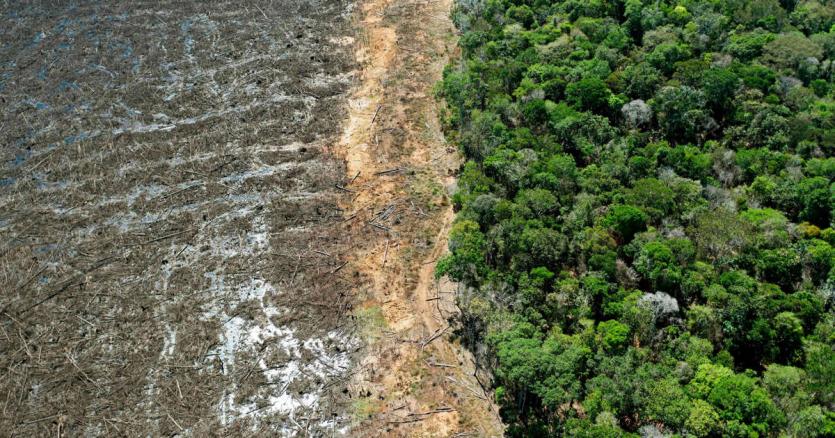Photo:Getty
By Patryk Krych | The World Daily | APRIL 15th 2021
A recent study has suggested that only about 3% of the world’s total ecosystems remain in healthy and sustainable condition – with undisturbed territories and their original inhabitants left undisturbed.
Following this revelation, scientists have put forward the suggestion that measures need to be taken to begin restoring the various habitats and ecologies that have been ruined by the presence and development of humans. The reintroduction of elephants and wolves into certain habitats could be very good step towards such restorations.
“Much of what we consider as intact habitat is missing species that have been hunted [and poached] by people, or lost because of invasive species or disease,” said the lead author of the study, Dr Andrew Plumptre from the Key Biodiversity Areas Secretariat in Cambridge, UK.
He added: “It’s fairly scary, because it shows how unique places like the Serengeti are, which actually have functioning and fully intact ecosystems. We’re in the UN decade of ecosystem restoration now, but it is focusing on degraded habitat. Let’s also think about restoring species so that we can try and build up these areas where we’ve got ecologically intact ecosystems.”
It’s been a known and accepted fact for a long while that the biodiversity of the Earth is in danger, with populations of several vital species like bees and otherwise seeing a gradual and dangerous decline. Many scientists have expressed their fears that this may only be the beginning of a new mass extinction which may lead to filthier air and scarcer food sources.
The study was published in the journal Frontiers in Forests and Global Change. Where previous such studies had made use of satellite imagery for their analyses, the scientists in this study have made the argument that satellite imagery cannot determine the decreasing number of vital species per area – which is also important to determine the effects of humanity on the planet.






